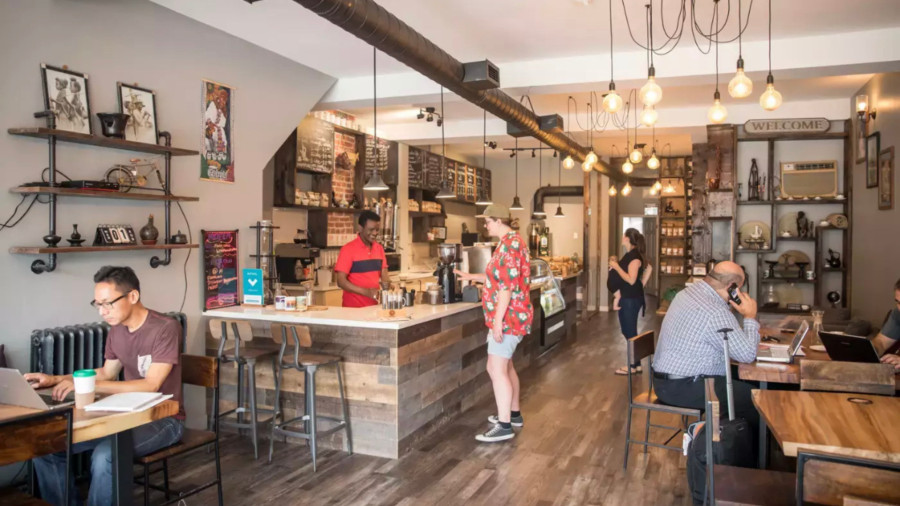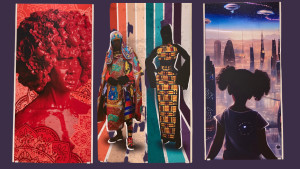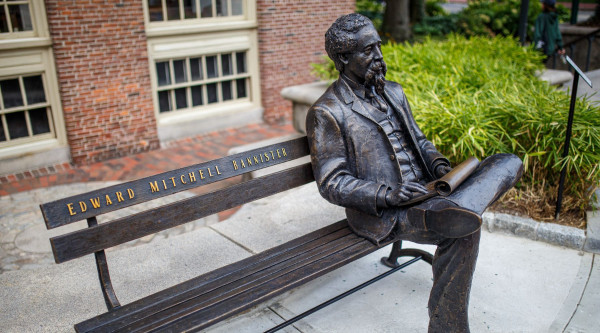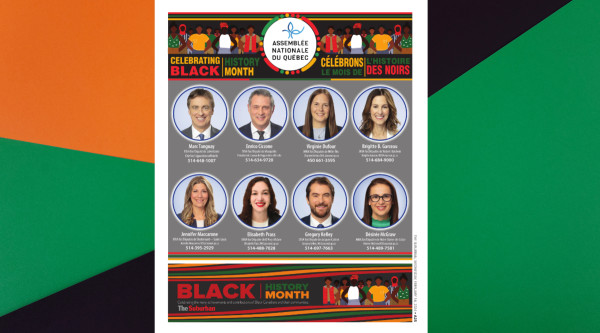All of these videos are obviously jokes, but they do bring up an interesting question. How exactly do we celebrate Black History Month?
Since the first Negro History Week in 1926, other countries have joined the United States in celebrating Black people and their contribution to history and culture, including Canada, the United Kingdom, Germany, and the Netherlands. While I love the dances, art exhibits and historical tributes of Black History Month, I think the best way for anyone to celebrate it is by appreciating all Black cultures and bringing dollars into the Black economy. You can do both in the area of eastern Toronto known as Little Ethiopia.
Little Ethiopia lies between a stretch of Danforth East, roughly mapped out as the five-minute stretch between Greenwood and Monarch Park Avenues. If you have walked along this stretch of the city east of Greektown, you must have noticed all the stores with African decor. While this part of the city has a specific ethnic identity, much like Chinatown or the Indian Bazaar, the city has not recognized the large Ethiopian presence. The municipal government may not recognize Little Ethiopia for what it is, but I am here to show how you can spend the final days of Black History Month among one of the most historic Black cultures.
Ethiopian civilization is one of the oldest on Earth. A contender for the cradle of humanity, the highlands of Ethiopia have a written history going back more than 2000 years. The stuff of legend Ethiopia supposedly contains the Arc of the Covenant, preaches a version of Orthodox Christianity and was the only African nation to defend against colonialism. By the end of the twentieth century, Ethiopia was facing several crises thanks to bad politics. Successive famines and wars pushed many to immigrate, and many Ethiopian immigrants came to Toronto. They brought their culture and history to the city in many different ways that can make for an enjoyable and educative day out.
MORNING COFFEE
As a writer, I live off commissions and coffee. Ethiopian culture places great importance on coffee, the birthplace of the beverage. Ethiopia is one of the leading exporters of coffee, and they make it the best too. Mofer Coffee is the best place in the city for an authentic cup. With several locations across the city, the chain is taking over Toronto's coffee culture. But the best location is on the Danforth.
Right outside Coxwell station, the café takes on the modern African aesthetic by using wood, Ethiopian artifacts and natural accents. Embracing the diversity of the coffee bean they have interesting choices like Keffa, Yirgacheffe and Guji bean coffee. Every time I am there the place is packed with all kinds of locals drinking coffee, working on laptops and just being amazed by the café. After visiting all the Dark Horses and other hipster cafés, Mofer brings out the Afrocentricity to make café culture interesting to me again.
After coffee, I usually take a walk westward toward the heart of Little Ethiopia. Eventually, all that walking makes a man hungry.
BEST LUNCH IN TOWN
Ethiopian cuisine may be the most diverse in the world. They have an incredible amount of dishes, both vegetarian and nonvegetarian. The amount of delicious stews in Ethiopian cooking is ridiculous. Much of Africa use cornflour to create a moldable grain known as ugali for dipping in stews. Indians use rotis or chapatis for their stews, but Ethiopians have injera. If you have never tried Ethiopian flatbread, injera is a tad sour and looks like a sponged pancake. When mixed with foods like Alicha Wat or Doro Wat, the sourness compliments many of the strong spices of the stews.
The Blue Nile restaurant is one of the oldest Ethiopian restaurants in the area and serves up the best sharing platters in the city. Their vegan platter is my favourite meal, and I have converted every meat eater I've brought there. There is even a patio to enjoy the food with the buzz of old Ethiopian men who frequent the place.
After eating, first-time visitors have to experience the coffee ceremony. The ceremony is a cultural custom in Ethiopia and Eritrea that has become a much-loved aspect of Ethiopian dining experiences. Traditionally the coffee is brewed by first roasting the green coffee beans over an open flame in a pan, followed by the grinding of the beans, traditionally in a wooden mortar and pestle. The coffee grounds are then put into a special vessel which contains boiling water and will be left on an open flame for a couple of minutes until it is well mixed with the hot water. After grinding, the coffee is put through a sieve several times. The coffee is not only good but seeing the care and history involved in the process is enriching as its own.
AFTER HOURS
Full of food and coffee, the next stop is a place to relax. Ethiopia shares many similarities with Arab countries, including a preoccupation with shisha. The area is home to several shisha lounges like Awash Café. Not far from Blue Nile this café has coffee, alcohol, shisha and vibes. Whether watching a game or spending time with friends, you can come and relax. Come at night you will see what makes the palace really cool. Young Black kids from across the city come to hang out outside the bustling city core.
While Little Ethiopia lacks the officialness of some neighbourhoods like Little Jamaica or nearby Greektown, this small enclave is crucial to Toronto's cultural tapestry.

 By
By 








